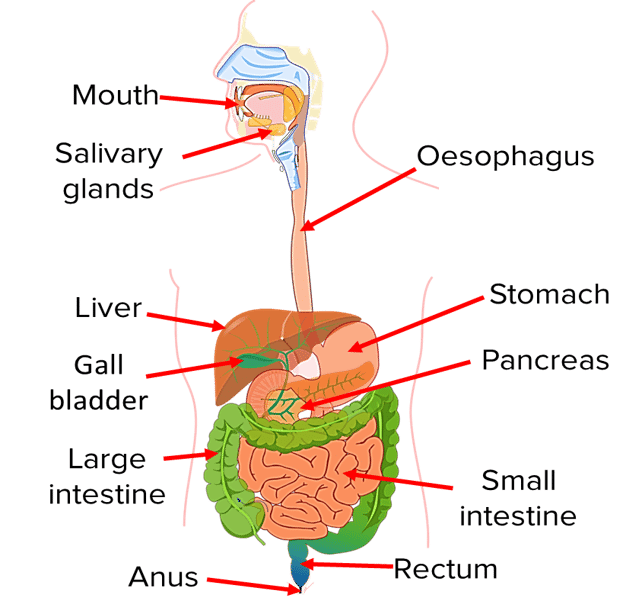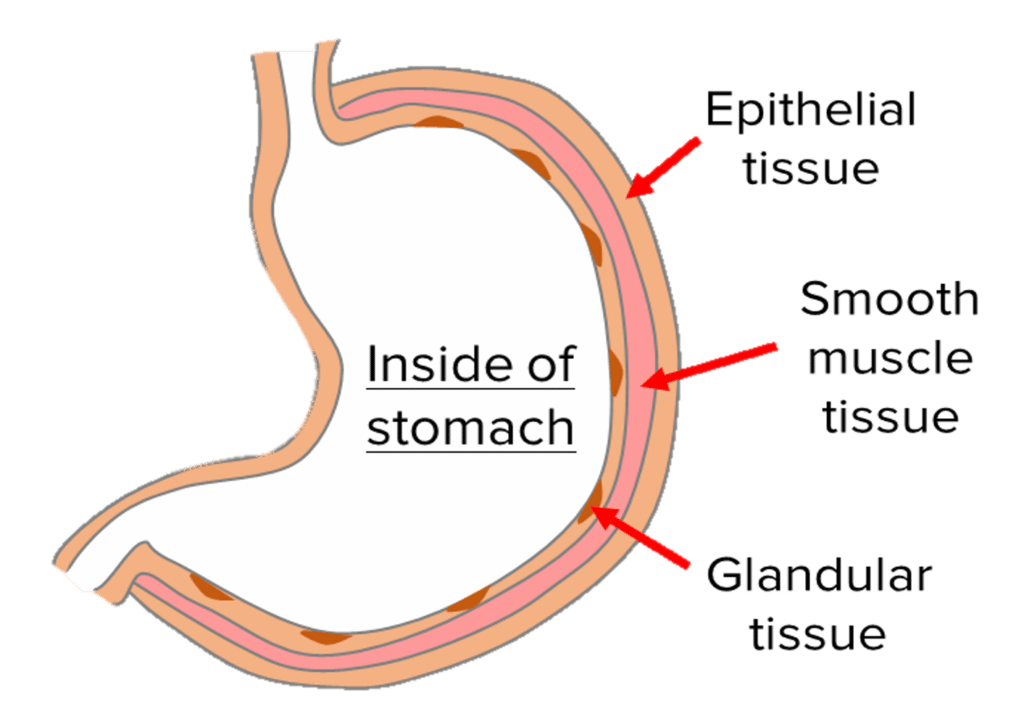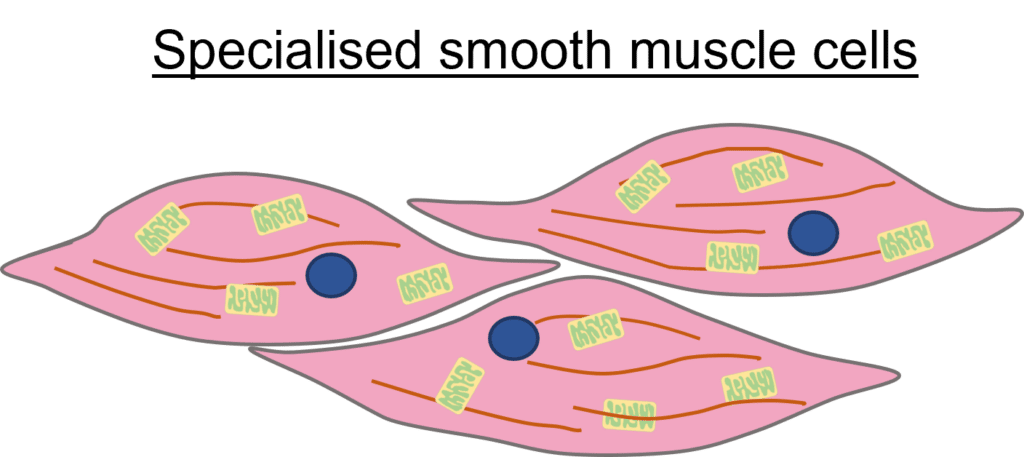Organisation of Cells
Organisation of Cells Revision
Organisation of Cells
Multicellular organisms, like plants and animals, are made up of many cells. The cells are organised into tissues, organs and organ systems in order to perform different functions and keep the organism alive. A particularly important organ system for humans is the digestive system.
From Cells to Multicellular Organisms
Multicellular organisms are made up of cells that are specialised to perform certain roles in the organism.
Similar cells form tissues, where the cells work together to perform a specific function.
Groups of these tissues work together to form bigger structures called organs that perform particular functions.
Finally, organs work together with other organs to create organ systems that carry out a vital function in the organism.
The addition of many organ systems creates a multicellular organism.
Organisation of the Human Digestive System

A good example of how cells are organised into organ systems is the human digestive system.
This organ system is designed to efficiently digest and absorb food and excrete any waste products.
The digestive system is made up of many different organs, each with their own roles in this process:
- Digestion in the mouth, stomach and small intestine.
- Absorption in the small and large intestines.
- Production of digestive enzymes in the pancreas and salivary glands.
- Production of bile in the liver.

These organs all contain different types of tissues, each with individual functions. The stomach is a great example:
- Smooth muscle tissue contracts to move food around.
- Glandular tissue secretes essential enzymes and hormones for digestion.
- Epithelial tissue that covers the inside and outside of the stomach.

Each tissue is made up of groups of specialised cells that enable it to perform its function.
The muscular tissue in the stomach is made up of specialised cells that enable muscle contraction and therefore churn the contents of the stomach.
Organisation of Cells Example Questions
Question 1: Describe how cells work together to form multicellular organisms.
[3 marks]
Similar cells work together to form tissues.
Different tissues work together to form organs.
Organs work together to form organ systems.
Multicellular organisms are made up of lots of different organ systems.
Question 2: Name the 3 organs that digest food in the human digestive system.
[1 mark]
Mouth, stomach and small intestine.
Question 3: What is the purpose of the smooth muscle tissue that is found in the walls of the stomach?
[1 mark]
The smooth muscle contracts to churn the contents of the stomach / move the food around.






